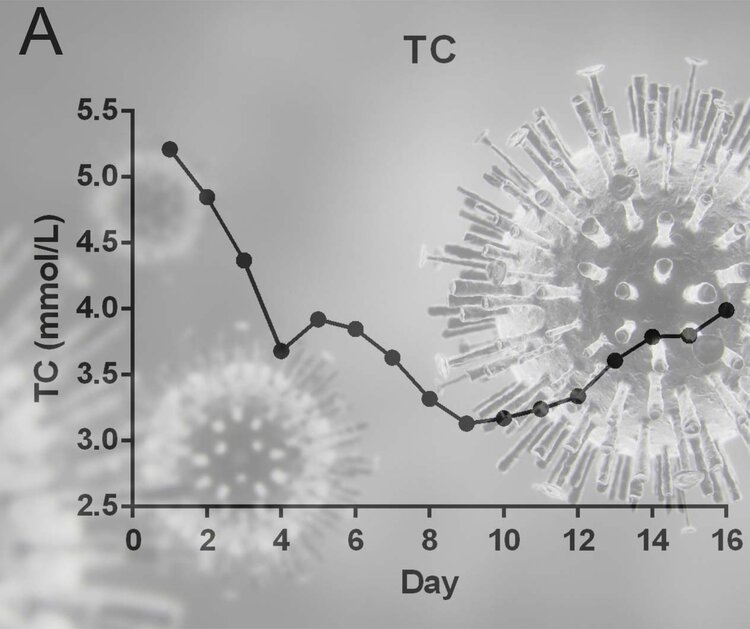M
metabolizm
Guest
I think this says more about the standards of intensive care than it does about the virus:
Covid-19 patients in UK intensive care have 50% survival rate
Coronavirus outbreak
Covid-19 patients in UK intensive care have 50% survival rate
Covid-19 patients in UK intensive care have 50% survival rate
Coronavirus outbreak
Covid-19 patients in UK intensive care have 50% survival rate

